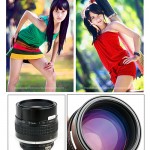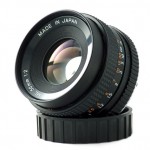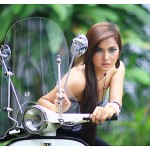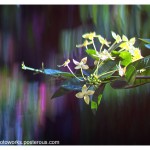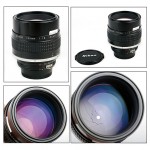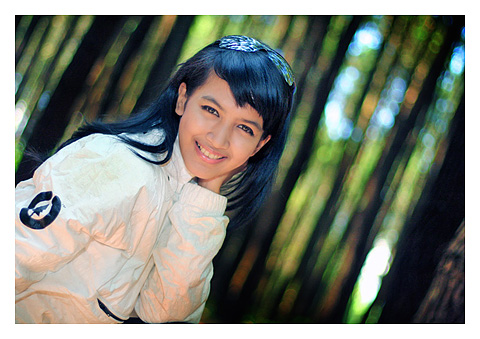
Bokeh describes the rendition of out-of-focus points of light. Bokeh comes from the Japanese word ‘boke’, which means fuzzy. In photography, bokeh defines the quality of the blurred lights presented in a photo. We’re not referring to a badly taken photo that’s all out of focus, but rather the aesthetically pleasing background blur. Usually, this type of blur highlights the focused subject even more. Bokeh is different from sharpness. Sharpness is what happens at the point of best focus. Bokeh is what happens away from the point of best focus. Bokeh describes the appearance, or “feel,” of out-of-focus areas. Bokeh is not how far something is out-of-focus, bokeh is the character of whatever blur is there.
Unfortunately good bokeh doesn’t happen automatically in lens design. Perfect lenses render out-of-focus points of light as circles with sharp edges. Ideal bokeh would render each of these points as blurs, not hard-edged circles. Mathematicians would say the intensity distribution of the blur circles are rectangular in perfect lenses, and good bokeh would prefer a Gaussian distribution. This is one area in which physics doesn’t mirror what we want artistically.
Producing nice bokeh involves creating a shallow depth of field.
Here are some tips to get you started with bokeh photography:
1.) Larger aperture works best, so use a low f-stop number like f1.4, f1.8 or f2.8. I like using the Canon 50mm f1.8 or the 35mm f1.4 for this project.
2.) Set your camera to aperture priority.
3.) You would need to set the shutter speed faster than 1/50 second. Any slower and I find the background lights getting blurred together, instead of rendering small circles. If it’s too dark, increase the ISO level rather than the f-stop number.
4.) The closer you get to subject, the better. If you’re using a zoom lens, extend it to the longest focal length.
5.) The further away the background, the better.
6.) Ensure that the background is lit. Glowing lights like street lamps and traffic lights work best. While a consistently lit background would just create a regular blur.
7.) If you don’t have a subject and want to create the bokeh effect with the night lights, manually focus your camera.
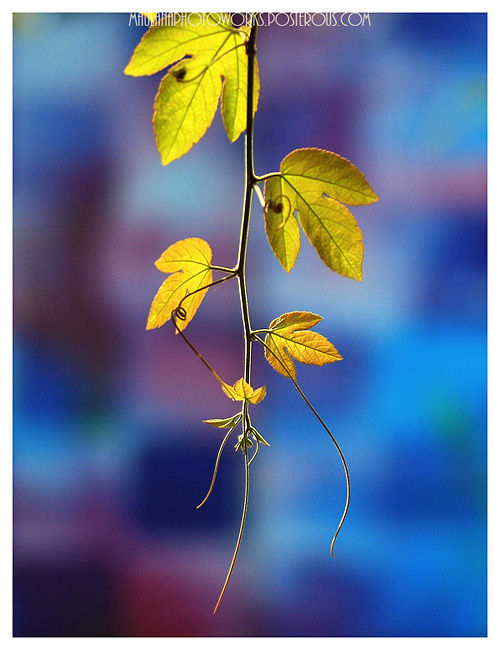
read also : HOW TO CREATE A BLURRY BACKGROUND IN YOUR PHOTOGRAPH
